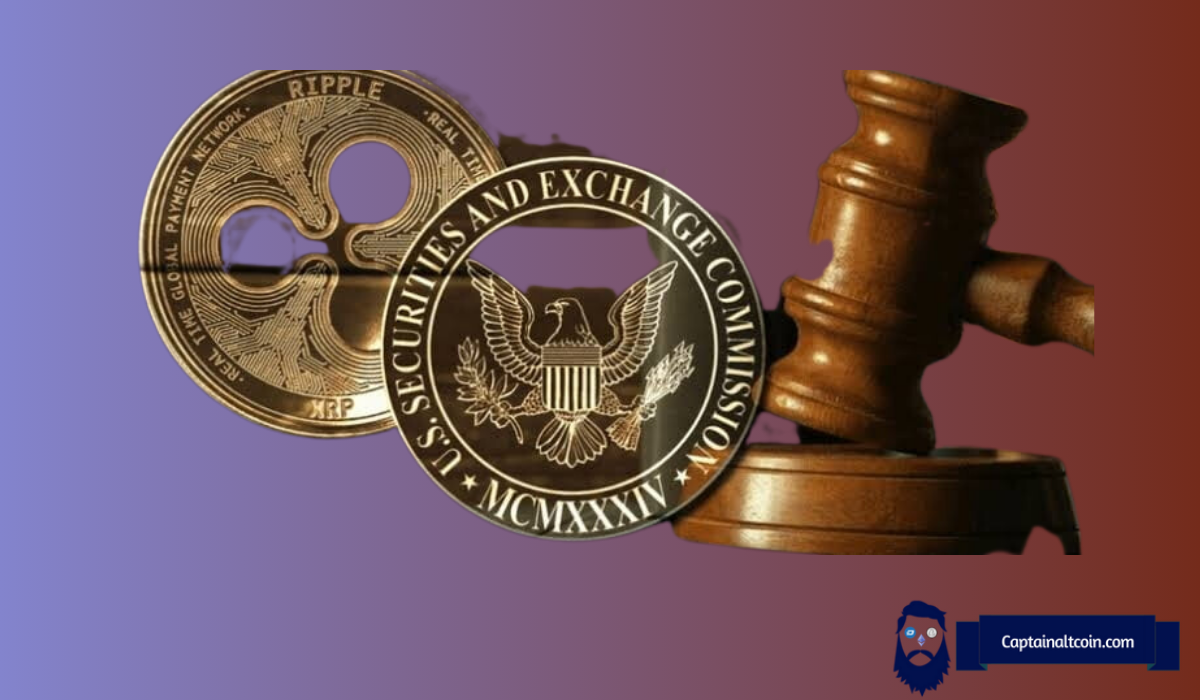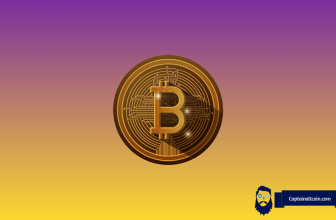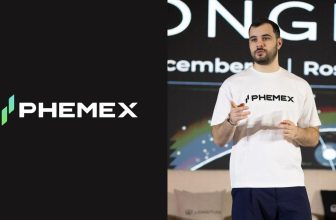
For a while, it looked like Ripple was ready to put the lawsuit behind them. After last year’s summary judgment from Judge Torres, the company seemed willing to accept the outcome – even though it didn’t go fully in their favor. The ruling cleared XRP sales on exchanges but found Ripple had violated securities laws when selling to institutional investors. Many assumed Ripple would take the partial win, pay the fine, and move on.
But then the SEC appealed.
And that changed everything.
According to pro-XRP lawyer Bill Morgan, Ripple might not have appealed the decision on institutional sales if the SEC hadn’t filed its own appeal. It was the SEC’s move that reopened the door and gave Ripple a reason to fight back. Suddenly, the legal battle wasn’t over. And in that moment, Ripple saw an opportunity – not just to defend itself, but to try and improve the outcome.
What followed was a series of calculated steps.
It seems likely to me that had the SEC not filed an appeal of the summary judgement decision of Judge Torres, that Ripple would not have filed an appeal on the institutional sales part of the summary judgement decision (although we cannot be sure) and the parties would have just… https://t.co/UN2vdHibN7
— bill morgan (@Belisarius2020) June 20, 2025
In April and May, both sides agreed on a settlement. The proposed deal included dissolving the injunction and reducing Ripple’s fine to $50 million. But the process hit a snag when their first joint motion was denied by Judge Torres due to a procedural technicality – it didn’t properly address Rule 60, which governs changes to final judgments.
So they tried again.
On June 12, Ripple and the SEC filed a second motion, this time correcting the error. Now they’re waiting for Judge Torres to respond. If she grants what’s called an “indicative ruling,” the case will briefly return to her courtroom so she can finalize the new terms. If that happens, both the appeal and the cross-appeal can be dropped, and the long-running case will finally end.
The irony? If the SEC had never filed an appeal, this might not have happened. Ripple could have accepted the original judgment, even with its flaws. But once the SEC escalated the case, Ripple had every reason to push harder. The agency’s own move gave Ripple the leverage to ask for more – and based on how the settlement talks have gone, it worked.
What we’re seeing now isn’t just the tail end of a legal battle. It’s a lesson in strategy. The SEC tried to get a stronger win. Instead, it may have handed Ripple the chance to negotiate a cleaner exit, with a smaller fine and no ongoing restrictions.
Ripple didn’t go looking for another fight. But once the fight came to them, they didn’t back down. They pushed – and it looks like they might walk away in a better position because of it.
Read also: Ripple Didn’t Dump XRP – They Bought the Future While No One Was Looking
Subscribe to our YouTube channel for daily crypto updates, market insights, and expert analysis.








